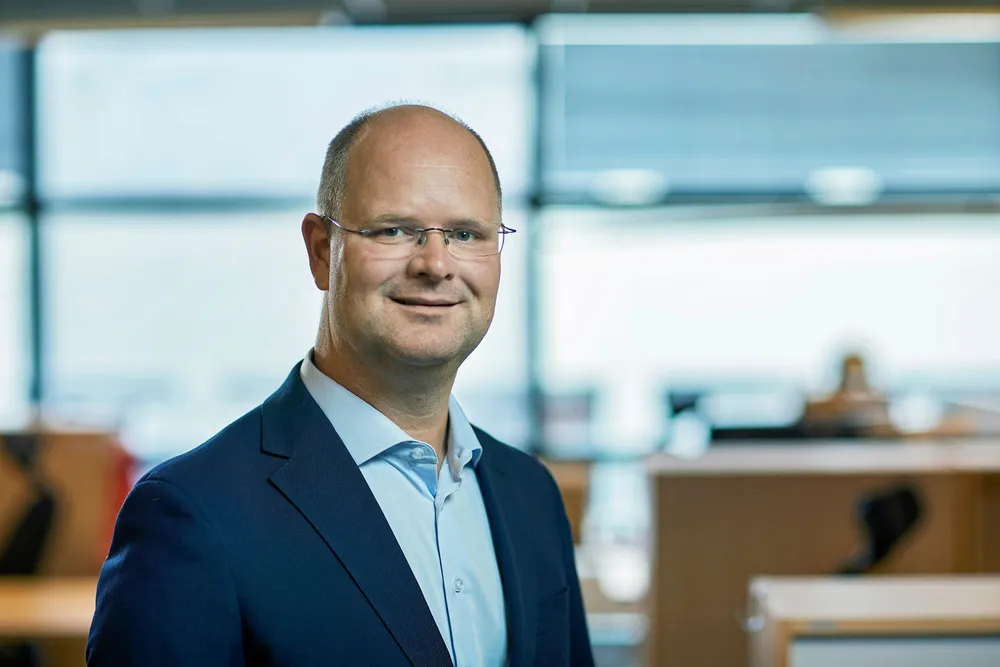Zeus to take gas-to-power technology to Poseidon's realm
Innovative Aker Solutions subsea oxygen combustion system includes immediate carbon capture and storage

Innovative Aker Solutions subsea oxygen combustion system includes immediate carbon capture and storage
